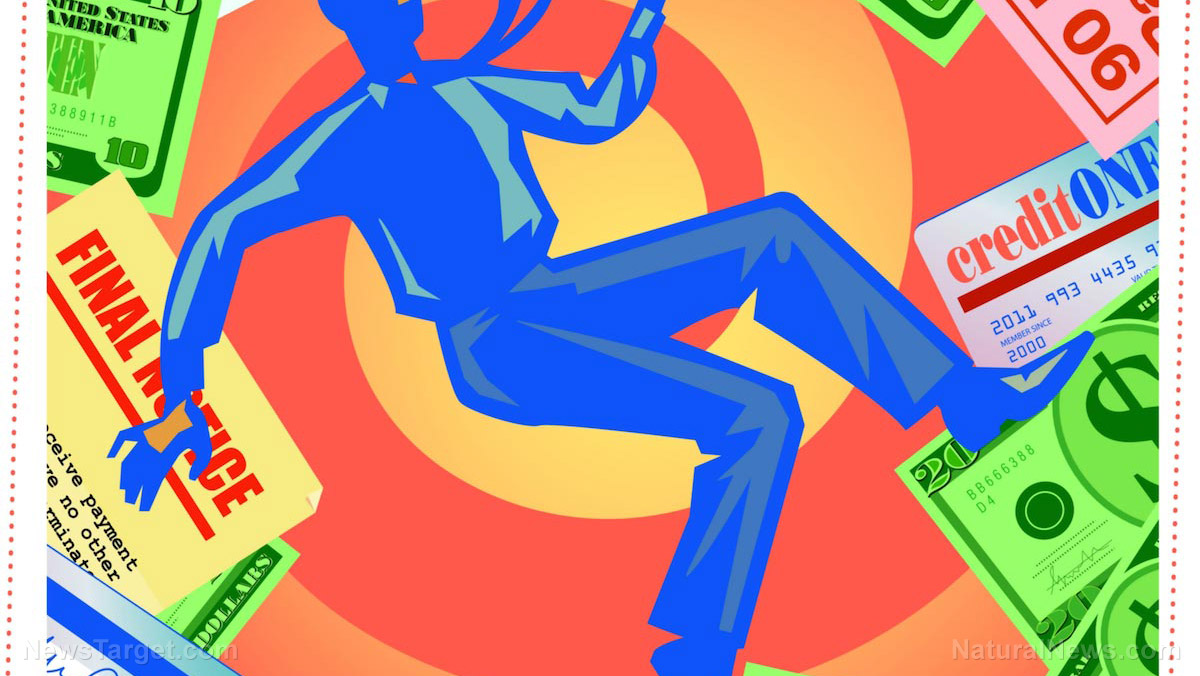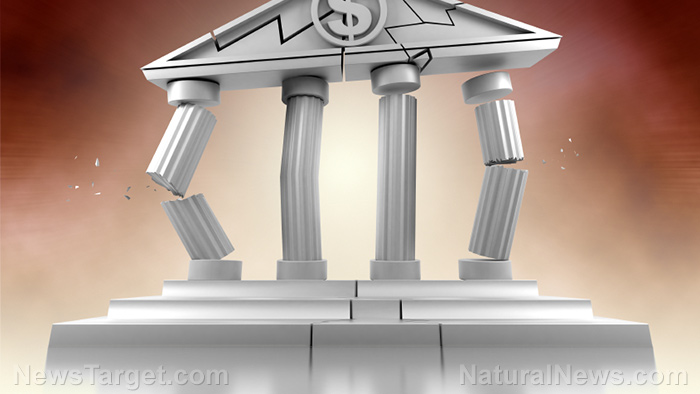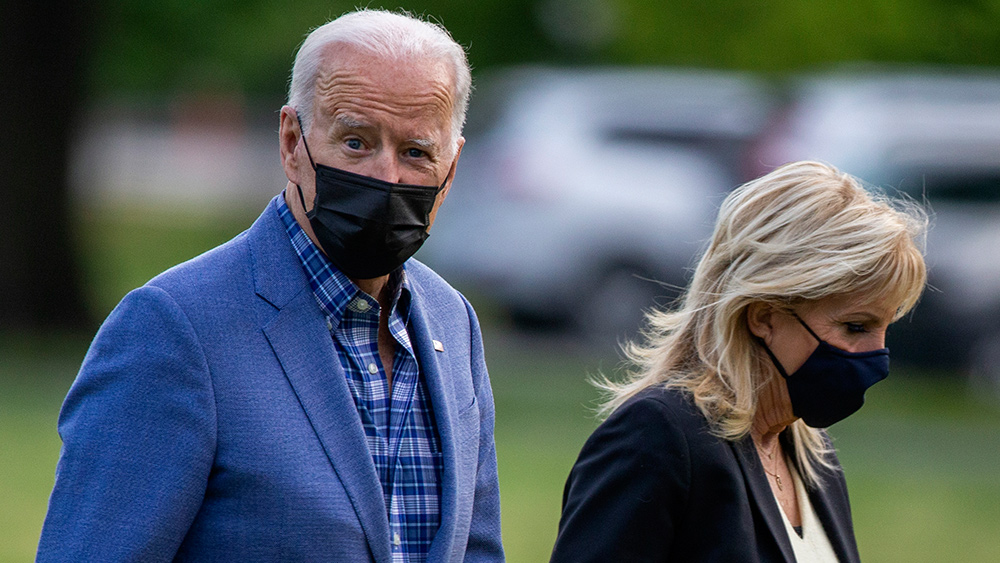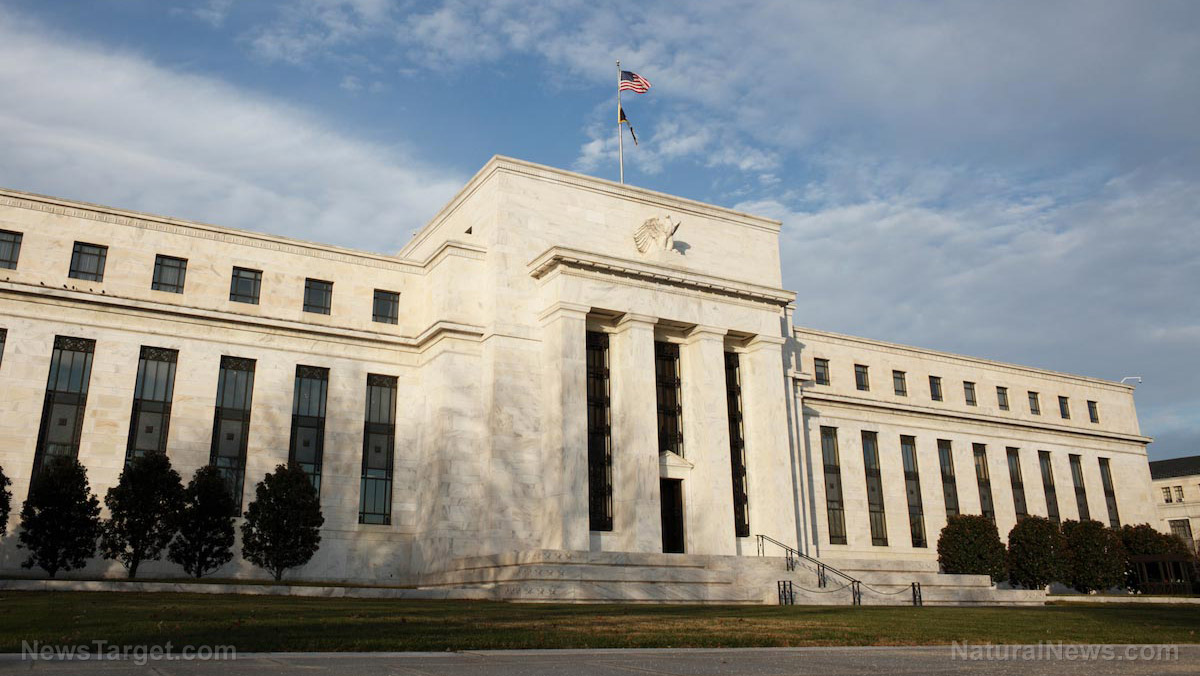
Forty-three-year old Alysse Hopkins and her husband Ian Boschen earned a comfortable living in the suburbs of New York City. Their combined income of $175,000 covered the mortgage, two car leases, student loans, credit cards and the expense of raising two daughters.
But Hopkins’ work as a lawyer representing clients in foreclosure cases and personal injury lawsuits dried up after the coronavirus halted foreclosures and shut down courts. Now, their savings are running low, and their debt payments -- at $9,000 a month -- are starting to hurt, even after receiving unemployment benefits.
In an interview with the Wall Street Journal, Hopkins expressed her frustration: She had a law degree and almost 20 years of practice under her belt -- yet she was unable to earn a living.
Hopkins joins millions of other Americans who suddenly found themselves without a job during the coronavirus pandemic. While low-income workers have borne much of the pandemic’s brunt, the economic fallout brought on by the pandemic is starting to hit the debt-laden middle class. (Related: We are living in the terminal phase of the greatest debt bubble in history and our debt just keeps getting bigger.)
No one can pay debts on lockdown
Months after the initial arrival of the coronavirus, some states -- including New York, where Hopkins is based -- have reopened their economies to the new normal. Most courts there have reopened, but law firms in New York City and Long Island that used to hire her now handle cases online, skipping the need to drive that takes an hour or more.
Hopkins is back to work taking virtual depositions, but the volume is nothing like it was. She had six assignments in August and a few so far in September -- a far cry from the four to six court appearances every day on average before the pandemic.
“I don’t know if it’s ever going back to that,” she added.
New York’s reopening also lightened their burdens. Hopkins and her husband Boschen paused their $750 car payments for April and May, and got a one-month break on a $680 payment for a personal loan. Meanwhile, Boschen said his student loan payments amounting to almost $800 were deferred through December. Combined with money for their daughters’ summer camp, that amount freed up enough to cover their $3,000 monthly mortgage payment and $1,500 monthly health insurance premium.
Her weekly state unemployment benefit amounting to $441 after taxes ended last week, but she received a $262 deposit at the same time from President Donald Trump’s executive order in August, which mandated a guaranteed $300 weekly unemployment benefit from the federal government.
Hopkins mentioned that she recently took out a $36,500 Small Business Administration loan as her legal work made her qualified as a small business, adding that she has 30 years to repay the loan that covers her work bills.
More layoffs, less income to pay off debts
Debt was not considered a problem before the coronavirus arrived in the United States. The job market was on a roll and incomes were rising, so families managed to keep up with monthly debt payments.
However, not everyone was spared when COVID-19 came knocking at the door. Only a few industries were spared by the virus, and expanded unemployment benefits meant to replace the average American income was insufficient to cover the lost pay of higher-earning workers -- especially those in or near expensive cities.
To make things worse, many lenders that let borrowers skip payments for a few months are now expecting to get paid.
Such is the consequence of a society fueled by debt. People take out loans and buy things beyond their income “to keep up with the Joneses,” taking out another loan to repay the first one in a seemingly endless cycle.
When the economy collapses due to a pandemic or some other reason, some people lose the ability to pay off their debts. Lenders can extend grace periods or condone payments for a certain period but these are only temporary measures. Long-term inability to keep up with debt payments leads to insolvency, prompting lenders to foreclose borrowers’ properties so the debt is fully paid.
Learn more news about how the coronavirus pandemic exacerbates the problem of a debt-fueled economy at DebtCollapse.com.
Sources include:
Please contact us for more information.





















